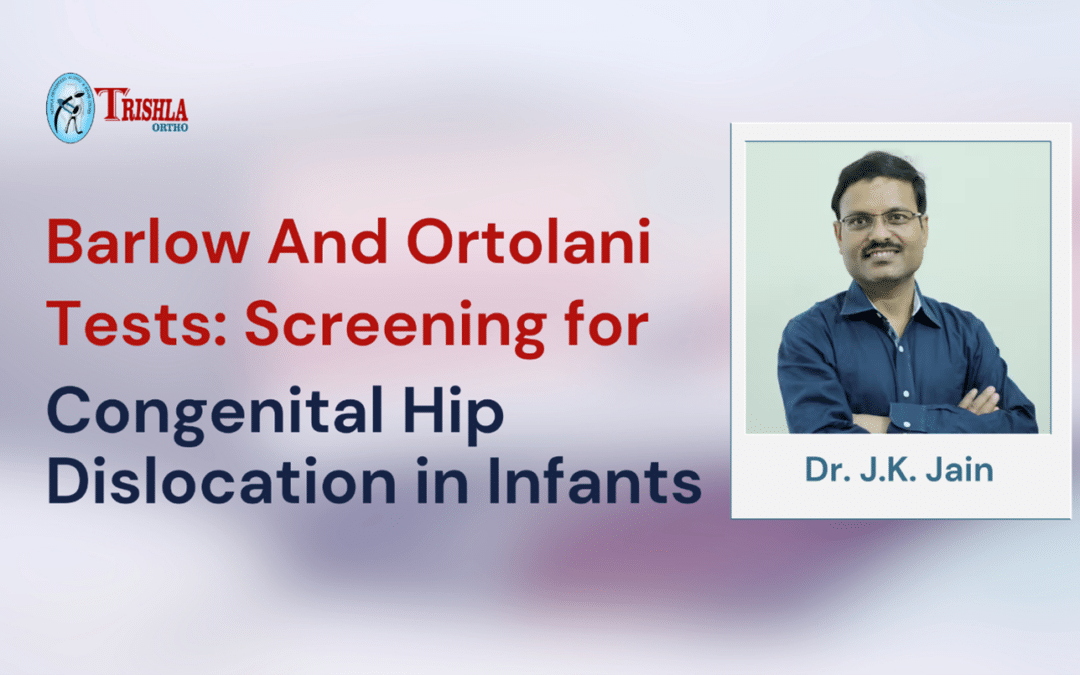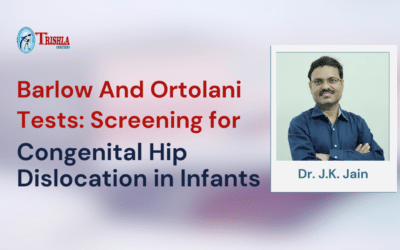Tibial hemimelia is a rare congenital malformation that refers to the partial or complete absence of the tibia (shin bone) in the leg. Children can also have other deformities of the limbs. Thus, this condition tends to present a complicated problems for patients and professionals. However, the issues associated with this disease have gone a long way in the field of medicine, where it can be treated, and now people with this condition have a chance to be treated, and the treatment is relieving. Herein, we will discuss the overall treatment strategies, as well as the role of medical specialists in the case of tibial hemimelia.
Doctor’s Role Before Delivery
A history of managing tibial hemimelia commences long before the child is born. Healthcare professionals are crucial in diagnosing and tracking the condition during such visits. Even though the naked eye cannot view some leg deformities treatment, doctors can determine through ultrasound if the limbs are deformed and inform the parents early. This early detection means that interventions are initiated in a timely manner to prepare for the treatment and care a child requires right from delivery.
Medical History and Physical Examination
First, it can be stated that after birth, the doctor must follow some basic steps, which do not include examining the newborn but checking the medical history for known cases of extremity anomalies or any other limb-related problems in the family or any of the newborn’s close relatives. The severity and number of affected tibiae, along with other congenital anomalies, are examined during the physical examination. The thorough assessment in this phase provides the basis for developing appropriate intervention strategies based on individualized patient characteristics.
Tests
Radiographic and other radiologic imaging may provide valuable diagnostic information in detecting bone and joint deformities and other associated deformities. These tests help to determine the severity/degree and extent of this disorder, which is needed for the medical team to decide on the best course of treatment for the child.
Nonsurgical Treatment
The treatment of tibial hemimelia can also involve nonsurgical measures. This may include using specific prosthetics or orthotic appliances, such as insoles or other shoe inserts, to help stabilize the affected limb. PT helps with muscle strengthening, joint clearance, and general body movements. Non-surgical methods are being use to buy time for surgery or final intervention.
Surgical Treatment
Pediatric orthopedic surgery is mainly helpful in restoring the skeletal deformities caused by tibial hemimelia. Therefore, the exact surgical technique is determined on a case-by-case basis according to how extreme the patient’s condition is.
Surgical methods may be implemented to improve the functionality and aesthetics of the unbalanced limb, such as lengthening, reconstruction of the tibia, or correction of deformities. Altogether, due to significant progress in surgery and the invention of external fixators and internal implants, surgeons can correct limb deformity to a great extent and enhance the well-being of the patient.
Type and extent of surgery are depends upon extents of tibia bone loss and joint problem. Deformity correction, reconstruction of tibia by fibula or bone transport and joint stabilization is the key of surgical step.
Emotional Support
However, tibial hemimelia is more than mere physical deformation; it also has consequences for the child and family involved. Medical practitioners can offer psychological support, alleviate worries, and help people affected by problems. Their networks can also link the family to support groups and mental health professionals to assist them in managing the condition and developing the ability to cope.
Embracing Innovation: Advancements in Treatment
Innovations in 3D Printing:
The addition of 3D printing technology to the methods adopted to treat tibial hemimelia is a significant evolution. Theoretical fitted 3D-printed implants and prosthetic devices tailored to the patient’s anatomy help address the challenges associated with treating individuals with this condition. The personalized approach brings patients comfort and improved mobility, improving their overall well-being.
The Path Forward: Empowering Patients and Families
Further research and development in medical treatment and other approaches for tibial hemimelia also hold good hope for the future. Researchers are conducting regular studies, sharing their expertise, and harnessing the most up-to-date technologies to continue progressing in treating this disorder. Finally, promoting coping, providing resources, or offering a support group for the patient and the family will also help enhance those factors and lay a strong foundation for a positive attitude during tibial hemimelia.
Conclusion
The current medical interventions for tibial hemimelia include a collaborative and integrated model of care where physicians are involved, from screening to treatment and support. A diagnosis in utero, genetic counselling, surgical optimization, patient education, and psychological support are among the services highlighted in the paper that show how providing care can improve the treatment of this condition for patients. While the current understanding of tibial hemimelia helps enhance the quality of life of individuals suffering from the condition, there still exist other areas in which future medical science can improve the quality of life of individuals with tibial hemimelia.












